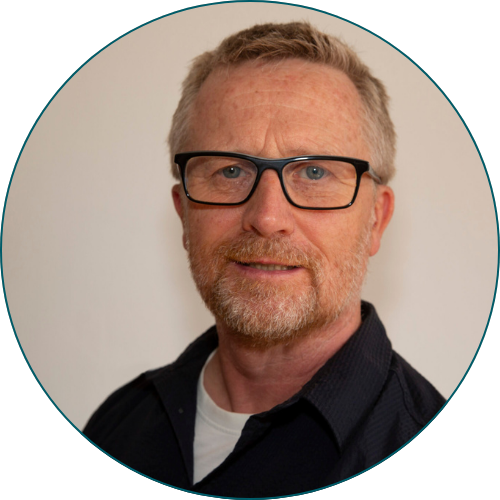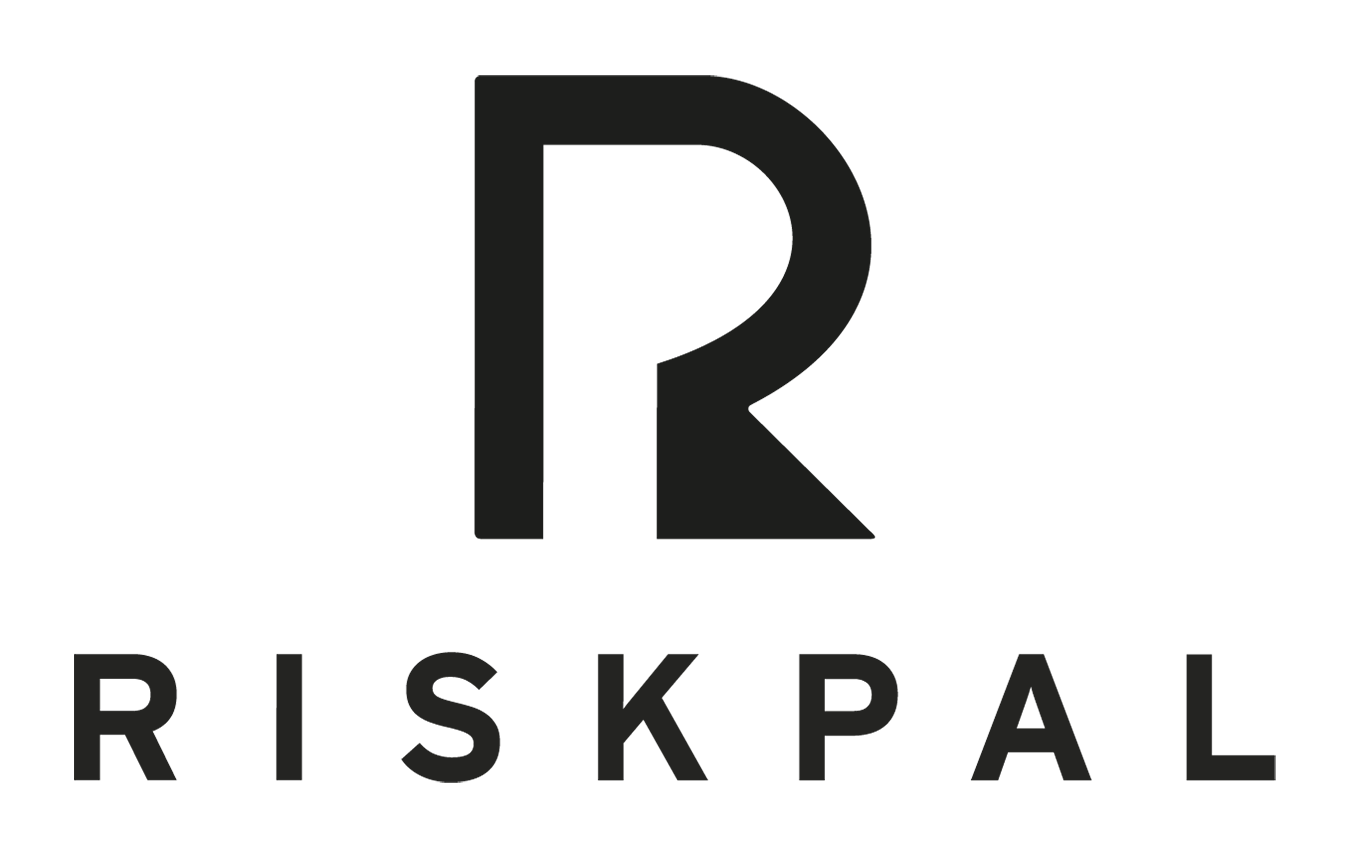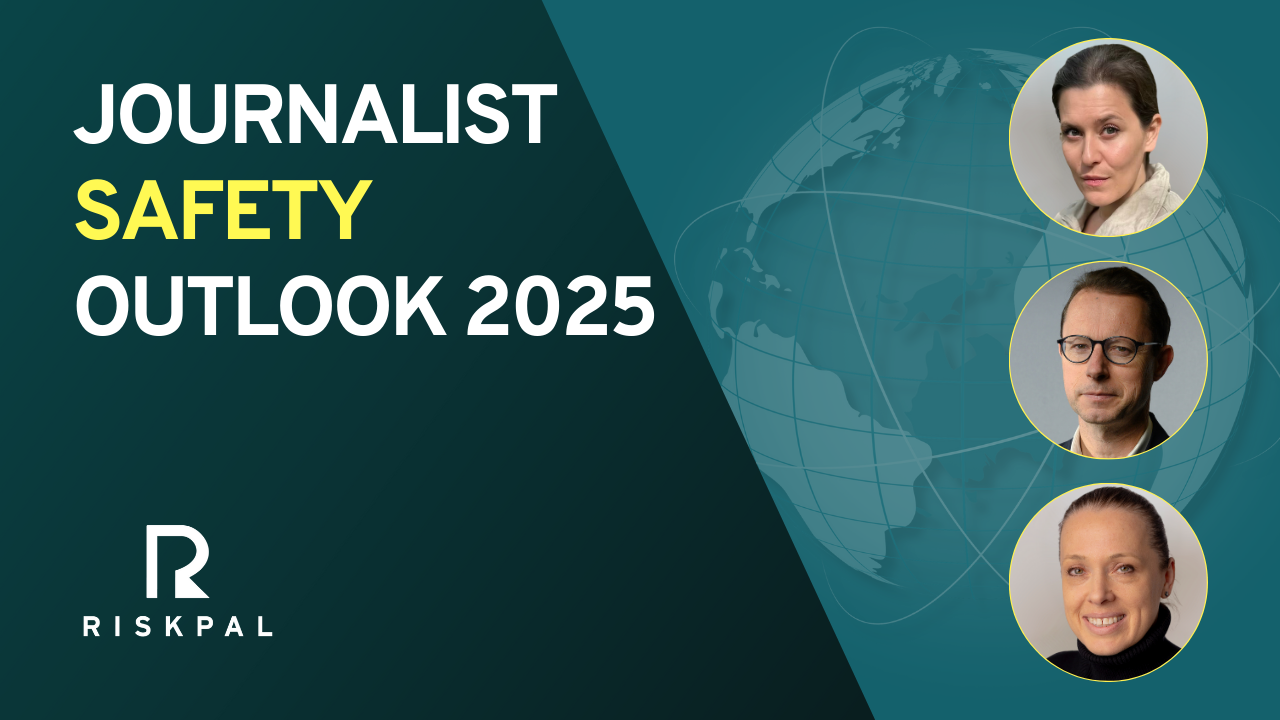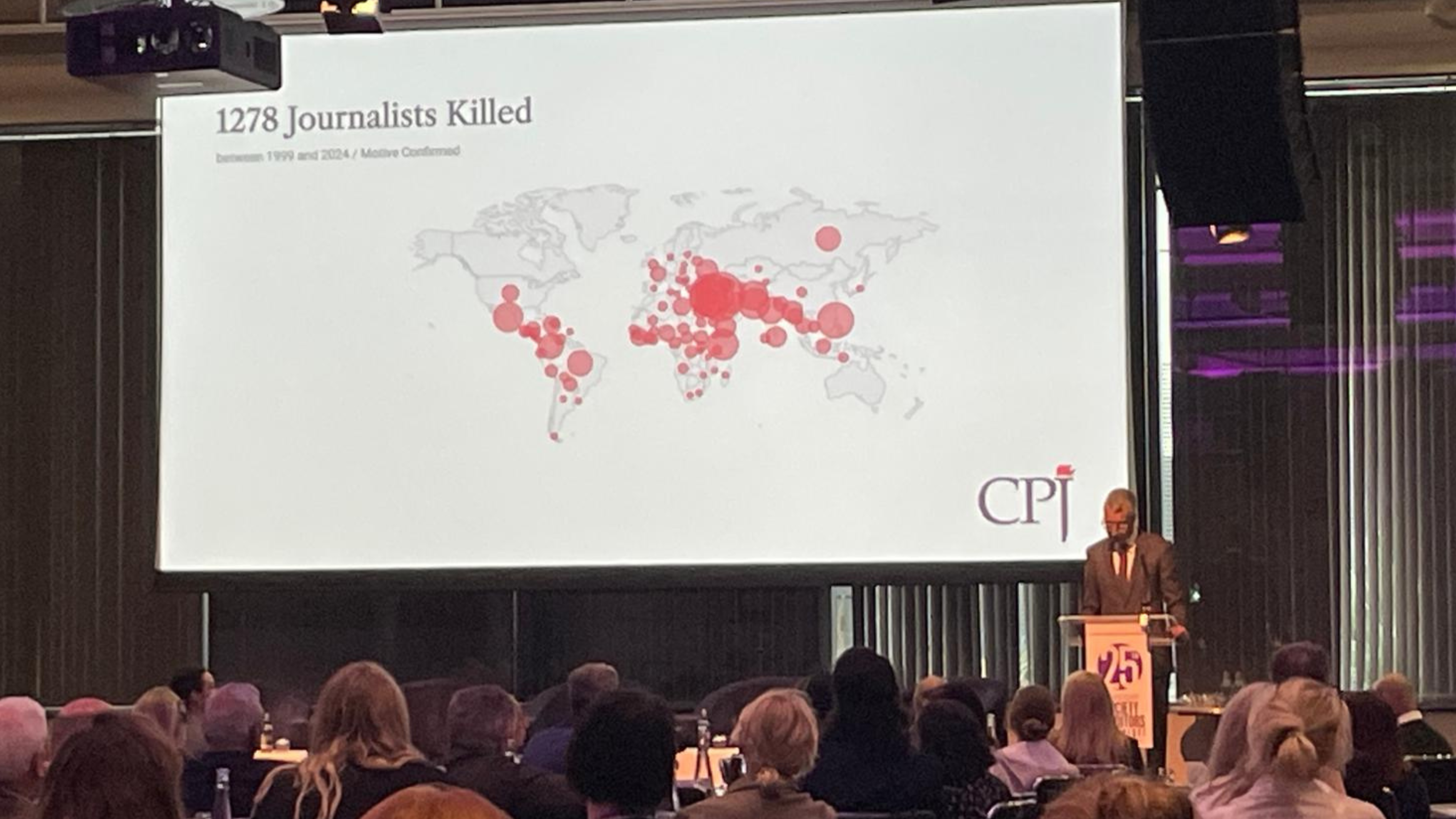Health And Safety Spotlight: Wellbeing and Working Hours
CJ Brown is RiskPal’s Health & Safety Advisor. One key reason we decided to host a panel on “Improving Working Practices in Television” is due to the insights CJ gains from his daily interactions with TV operations. His extensive experience in the industry allows him to identify common challenges and areas for improvement, making him a valuable resource for enhancing safety and efficiency in television production.

CJ is RiskPal’s Health & Safety Guardian Angel. He offers expert advice to and is frequently embedded with RiskPal’s clients. He specialises in refining our client’s risk assessment processes, which are frequently a challenge for them. CJ guides clients through every aspect, from policies and systems of work to building infrastructure and fire safety.
Health and Safety in TV Productions
CJ explains that he feels the key safety concern in television is long working hours.
“I spent a lot of years working on sports production for TV, and it involves incredibly long days”, CJ says. “People are travelling to venues often far away from their homes. They have to set up, check the equipment and sometimes stand around for hours waiting for the event to begin. The event itself can be really intense and exhausting. Afterward, there is the de-rig, where we take apart the kit and box it up. Then, after all that, there is the drive home. It could be a 16 or even 18-hour day, travel time included.”

Production teams are working incredibly long hours, performing tasks that require concentration and physical exertion.During the job, everyone runs on adrenaline, but after the adrenaline fades is often when accidents can happen. De-riging can be particularly dangerous because people are tired and just want to get home.
“It would sometimes be a mad scramble. There would be cables flying around and tripping hazards everywhere. I was once on a job where someone got whipped in the face by a cable, leaving a bruise next to their eye. We were lucky – it could have been a lot worse.”
The drive home can be especially dangerous and is seldomly considered in the risk assessment even though TV crews are known to have had accidents on the commute.
CJ is passionate about capturing great experiences – but doing so safely. Scroll down to read our full interview with CJ.
At RiskPal, we empower safety and security leaders to drive safety engagement within their organisation. RiskPal is a risk assessment software helping you create, manage, and retain your risk assessments. We are dedicated to making safety simple and compliance straight forward. Reach out if you have any questions or need assistance in enhancing your safety and risk management processes.



